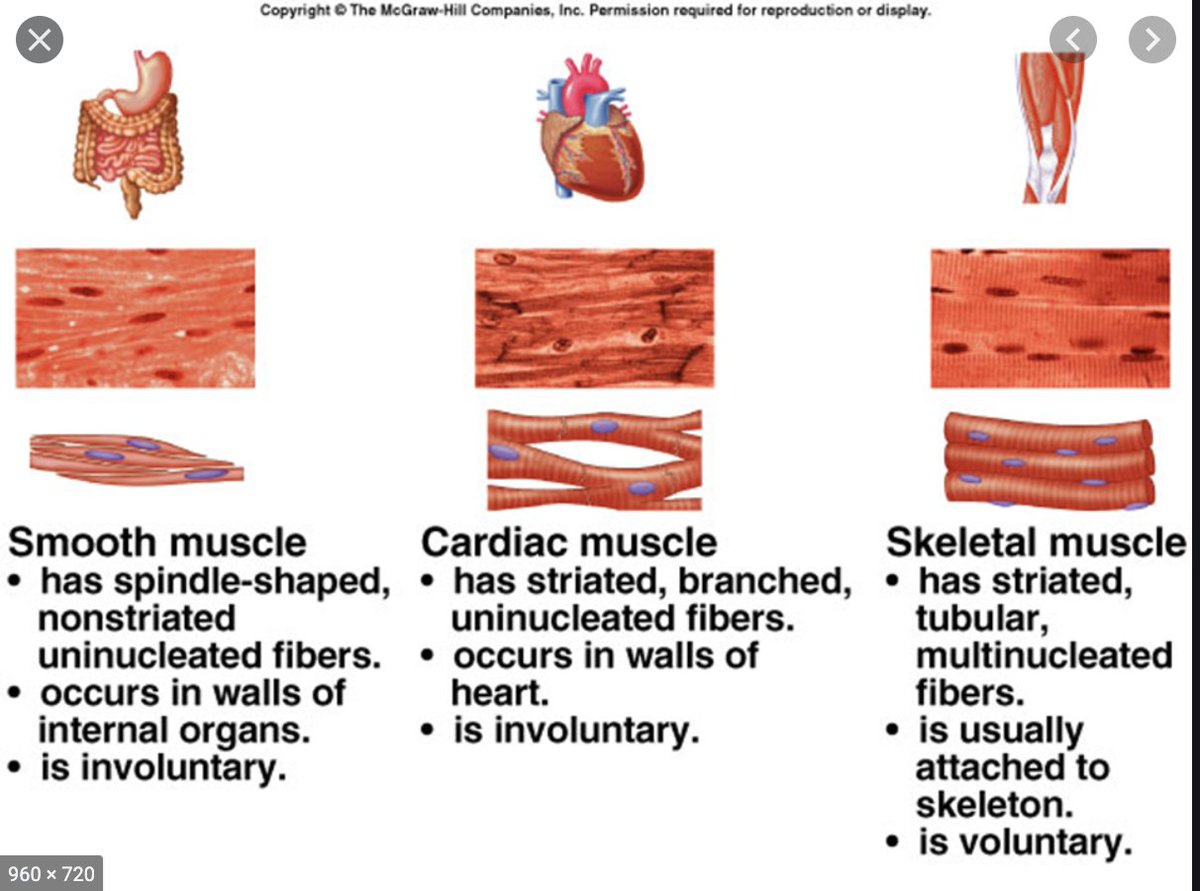
Stewart Alsop III - Host of Crazy Wisdom Podcast
1 Nov,
11 tweets, 6 min read
A #stablethread on the anatomy of the brain in a hierarchical fashion. I will start with all the more meta-regions of the brain and then descend from there. First the lobes of the brain of which there are 6! I will create separate stable threads for each. 

Before preceding, I will show the most meta of meta threads, the one on anatomy from which this descends for your perusing pleasure:
https://twitter.com/StewartalsopIII/status/1316410348971479046
And last but not least:
The insular cortex.
I didn't even realize this was a lobe of the brain. I thought it was just another part of a lobe. This now makes my knowledge of its role in disgust even more profound.

The insular cortex.
I didn't even realize this was a lobe of the brain. I thought it was just another part of a lobe. This now makes my knowledge of its role in disgust even more profound.
https://twitter.com/StewartalsopIII/status/1322975694952013847

I guess I wasn't done yet. I need a place for the brainstem and thus I will create one. Let there be light!
A #stablethread on the brainstem:

A #stablethread on the brainstem:
https://twitter.com/StewartalsopIII/status/1323052047965560832

Still not done. Now I need a place for describing cellular and subcellular neuroanatomical parts that help us to understand the entire brain, but that transcends the above categorizations
Here are those parts:

Here are those parts:
https://twitter.com/StewartalsopIII/status/1323250734914293762

This should be the last one on this table of contents to the brain and already existed but now I'm bringing it into the fold of the central nervous system!
A #stablethread on the spine!

A #stablethread on the spine!
https://twitter.com/StewartalsopIII/status/1322145971699126274

• • •
Missing some Tweet in this thread? You can try to
force a refresh














